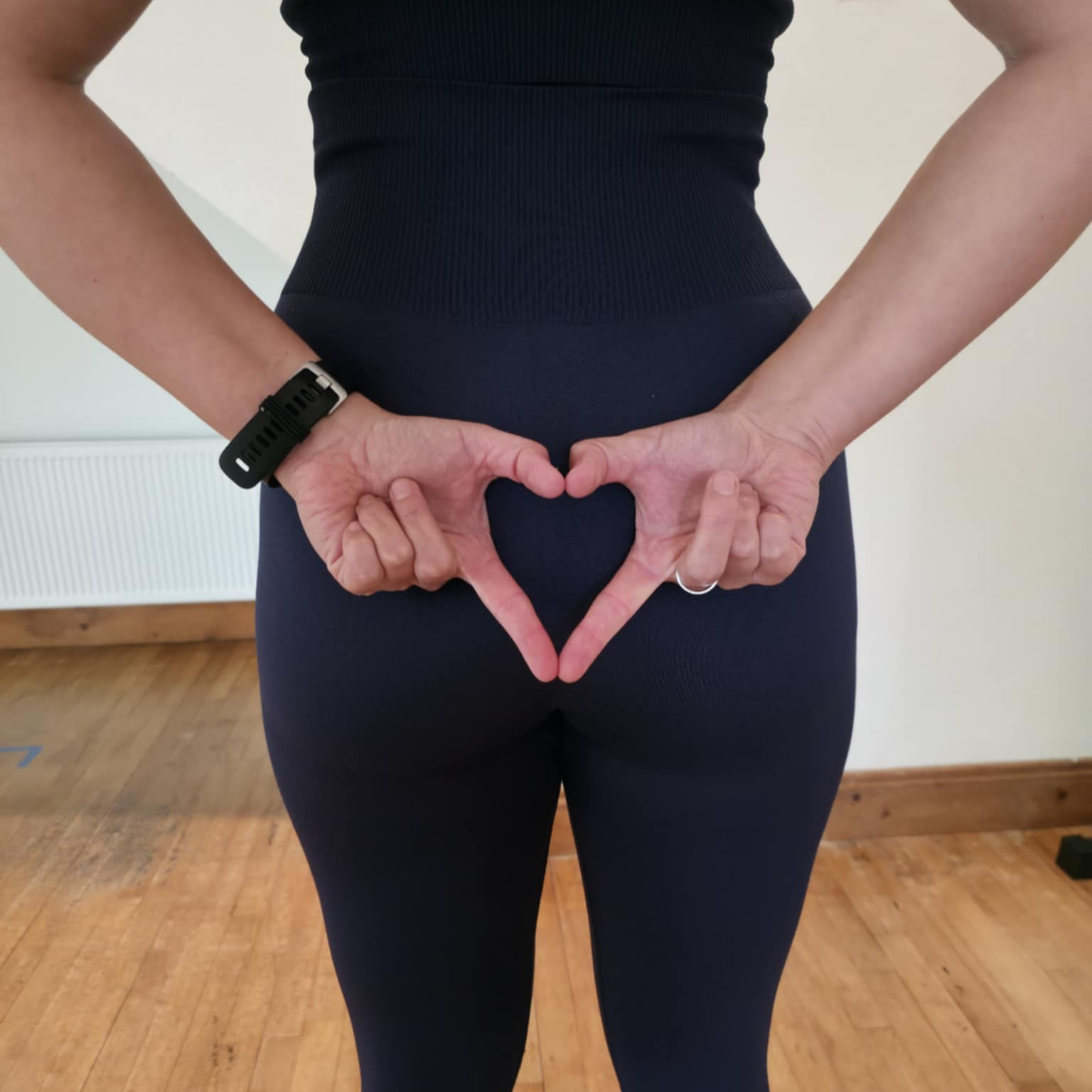
Tailbone pain (Coccydynia)
The coccyx or tailbone is the small bone (fused vertebrae) at the very bottom of the spine. It’s surrounded by muscles, tendons and ligaments.
Sometimes that bone can be painful. It’s called coccydynia and is more prevalent in women (5 women for 1 man).
– TRAUMA:
– NON-TRAUMATIC:
The main symptoms are:
But you could present other symptoms like:
Most of the time, we know the cause of the pain. However, we need to exclude other potential causes like:
If any doubt subsists, your GP can refer you for an Xray, CT scan, MRI or bone scan.
The first thing to do is to modify your activities. Avoid everything that can trigger the pain.
If the pain is there when you’re sitting for a prolonged period of time, try to stand up and move around regularly.
Sitting in a slumped or slouched position adds more pressure on the tailbone. Prefer sitting on your sitting bones with your back flat
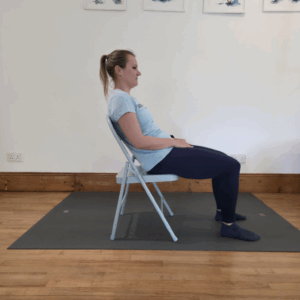
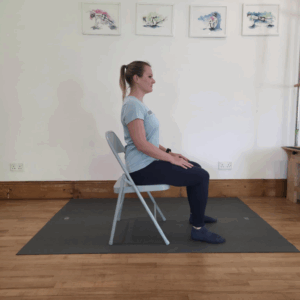
If you’re a cyclist, maybe invest in a good saddle or padded shorts.
Sometimes you will have to sit on a cushion (donut or wedge-shaped) for 6 to 8 weeks to alleviate the pressure.
If it’s a very acute stage and is inflamed, use ice and anti-inflammatories (cream or tablet)
If you tried everything and the pain persists, a corticosteroid injection or surgery is possible.
YES! A mix of manual therapy and exercises usually help to relieve the pain.
Hands-on therapy consists off pelvic, sacrum and tailbone mobilisations and tissue release around the area.
Exercises are essential to maintain/improve the results between your sessions. It includes stretches and muscle strengthening.
Here are some exercises you can do at home:
Cat cow:
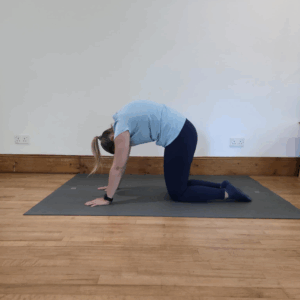
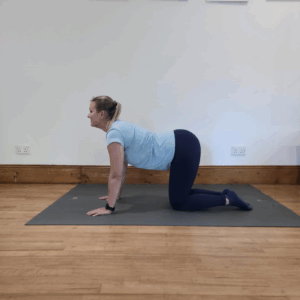
Wide child’s pose:
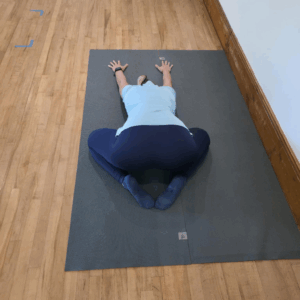
Glute stretch:
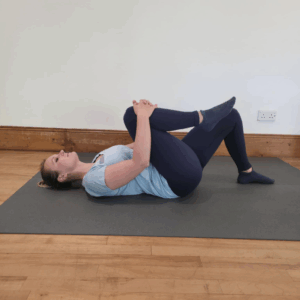
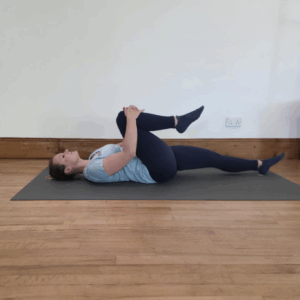
Piriformis stretch (4-shaped stretch):
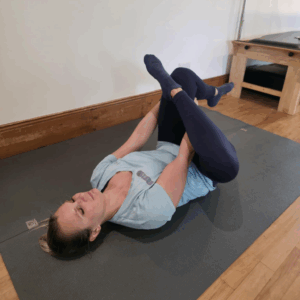
Knock knee stretch:
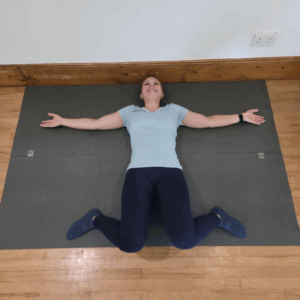
Happy baby pose:
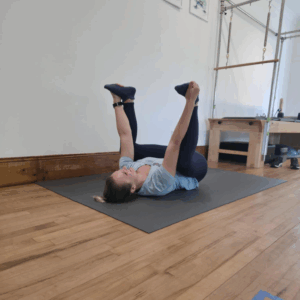
Glute bridge:

Clam:
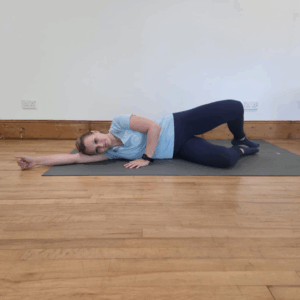
These are examples only. The exercise program will be adapted to your pain and needs.
The tailbone is the attachment point of some of your pelvic floor muscles.
A tight pelvic floor can pull on the tailbone and make it tender.
You could have associated symptoms like: pain during period, intercourse, difficulty to empty your bladder or bowels, constipation, …
Relaxing your pelvic floor is essential. Don’t focus on squeezing your pelvic floor muscles (Kegels) but more on the “letting go” (see exercises above).
Sometimes, an internal examination is needed to release the tension in your pelvic floor muscles. A women’s health physio can also mobilise your coccyx that way. Even more so if the pain started during pregnancy or after a birth.
If you have any questions about coccydynia, contact us and we will be very happy to help.